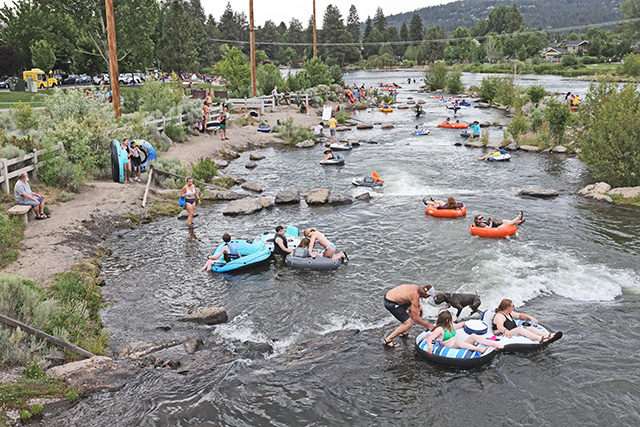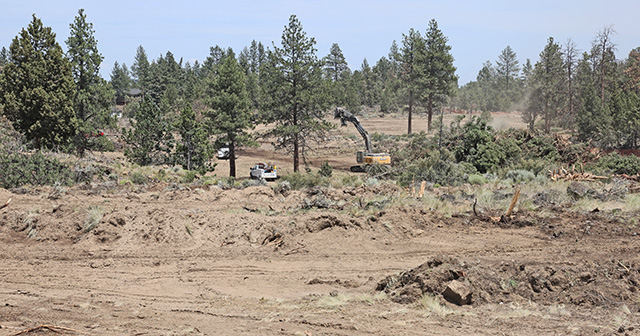Oregon wildfire ‘hazard map’ comment window ends Aug. 18
Published 5:00 pm Tuesday, July 30, 2024

- Oregon's latest drafts of the wildfire "hazard map" and wildland-urban interface map are now online and allow residents to enter their addresses and see if they will be subject to rules related to home hardening and defensible spaces. People have until Aug. 18 to make public comments on the draft maps.
State officials released drafts of the proposed wildfire “hazard map” and wildland-urban interface map that break down to the property tax level, giving Oregonians the ability to type in their specific address to see whether they will be subject to rules related to home hardening and defensible spaces.
The release of the draft maps also give residents until Aug. 18 to give input and formally request revisions to the maps of their property. Input may be emailed to hazardmap@odf.oregon.gov.
The latest maps provides more granular detail of the hazard designation of a specific property. According to a pop-up on the Oregon Wildfire Risk Explorer page, the maps are designed to educate Oregonians about their property-level wildfire exposure, to assist in fire adaptation and mitigation resources, and to identify where defensible space and fire-hardening codes will apply.
The state emphasizes that only properties deemed both high hazard and in the Wildland Urban Interface will be subject to fire-hardening building codes and regulations.
Further, in a release issued last week by the Oregon Department of Forestry, Oregon State University wildfire research scientist Alex McEvoy emphasized that they remain just a draft.
“The maps won’t become final until we receive input from counties on potential local anomalies, administrative rules are adopted by the Board of Forestry and we evaluate input from the public,” McEvoy said.
Once adopted, the maps will be at the center of laws that — based on how the map classifies a property — will make requirements regarding the property’s development and maintenance.
In the release issued from ODF, the agency said the updated draft maps reflect “revisions from the last two years based on input received in 2022 from county governments and the public.”
The state highlighted changes to the map that included adjustments for hay and pasturelands, adjustments for forest fuels in northwest Oregon, and changes such as the irrigation of agricultural crops as a “mitigating factor in wildfire hazard assessments.”
Owners in high-hazard zones and within the wildland-urban interface will be notified in early October, and an appeals and hearings process for property owners will go from “Oct. 15 until complete.”
Kyle Williams, ODF’s deputy director of fire operations, said in the release that with one more round of public comments, officials will be ready to finalize a hazard map.
“These drafts are still based on the core principles of wildfire science but have been pored through to address expressed concerns,” Williams said. “With one more round of public input, we well be well situated to finalize a hazard map that will contribute to advancing wildfire protection in Oregon as the Legislature intended.”
Oregon Department of Consumer and Business Services Director Andrew Stolfi said in September 2023 that the rural home property tax increases and policy cancellations that occurred about the same time ODF released the first draft of the wildfire hazard map in August 2022 were not actually caused by the state’s draft map, but rather the insurance industry’s own tools and data.







